With the arrival of SAGE and the recently announced Bench Duty pilot, lunch at Lakeside has been through some ambitious changes this past year. As Lakeside steps into a new culinary era, it is also the perfect time to reflect on its interesting past. What is the origin story of Bench Duty? How did the school deal with food shortages during the war? And have Lakeside students always been negligent in cleaning up after meals? All of these questions and more are featured in this comprehensive timeline spanning over 50 years, featuring recommendations from Lakeside’s former dietician Ms. Masterson, student critiques of lunch quality, and amusing statistics on food consumption straight from old Tatler issues.
Timeline of Events
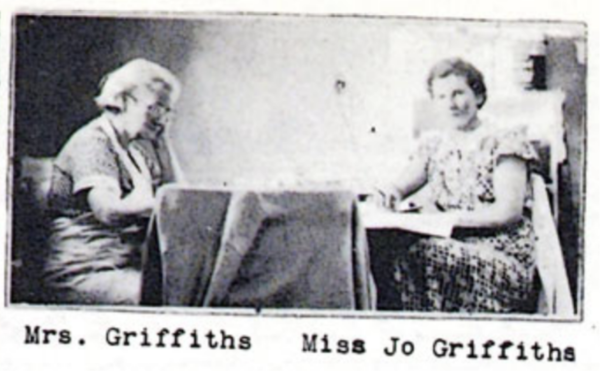
1930 – Mrs. Griffiths and Miss Josephine Griffiths arrive at Lakeside. In the coming years, they will plan and prepare meals for over 150 students, along with staff and faculty. According to an interview of Mrs. Griffiths, Lakeside boys “have only two failings in the lunchroom — leaving butter on their plates and milk on their glasses.”
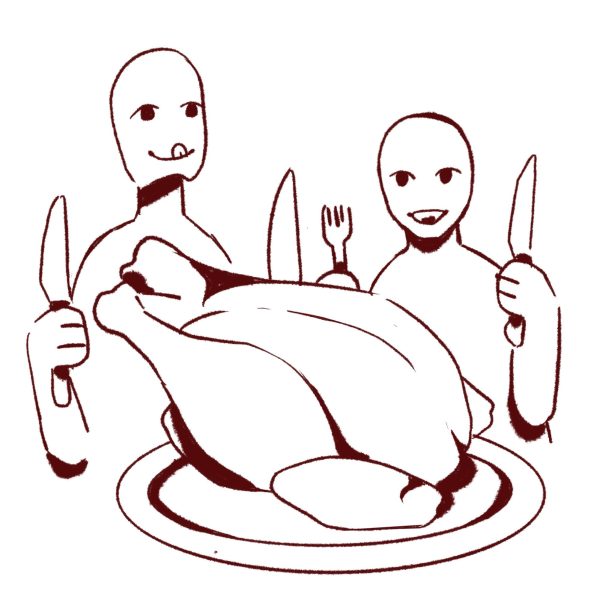
1934 – A short article, titled “Thanksgiving Dinner Pleases Dorm Boys” describes the first appearing instance of Lakeside’s luxurious Thanksgiving Turkey Dinner. The article describes headmaster Mr. Adams and teacher Mr. Lambert “standing guard over the turkeys with carving knives.” The tables were “arranged in an artistic manner, appropriately decorated with a center-piece of fruit and vegetables,” by Mrs. Ahrens, who worked mostly as a dorm superintendent. The dorm boys consumed 45 pounds of turkey in one evening.
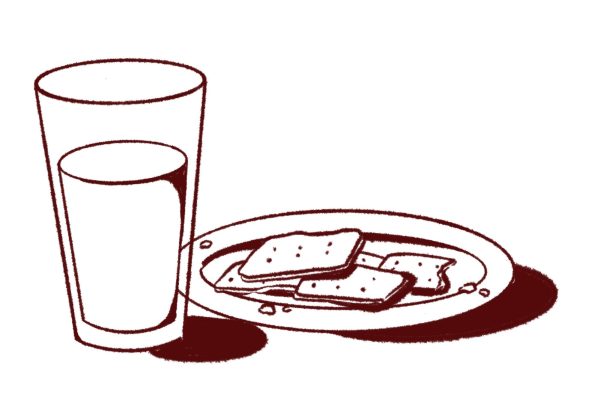
1935 – Another mention in the Tatler of the renowned Turkey Dinner. “Huge turkeys with luscious stuffing” and “eighteen different articles of food in addition to bread and butter” graced the tables. Additionally, a new system of cleaning dishes has been established. A “clearer” clears the table of dishes, and the “scraper” scrapes them off and stacks them in neat piles. The schoolboys enjoyed a 2:00 afternoon snack in the refectory, consisting of graham crackers and milk.
1937 – Tatler reports on Lakesider appetites. The 150 or so boys consumed, per week… 105 pounds of butter 3.5 gallons of jam 17.5 cubic feet of bread 105 gallons of soup 378 pounds of canned goods
1943 – With a previous background in the kitchen, Ms. Logan becomes Lakeside’s new dietician. Due to war rationing, meat and vegetables are “next to impossible to obtain in large quantities” and the boys are limited to five pounds of butter a day, a far cry from their previous 15 pounds.
1945 – Through an article advocating for a change in table manners, we can get a glimpse into the typical dining etiquette of the time. A waiter would deliver the food to the table from the kitchen, and a teacher would sit down with the students to eat. The typical system involved passing food (such as milk, butter, jam, and more) painstakingly to the head of the table, who would then “distribute the victuals” to the rest of the table. The process was slow and inefficient, and coupled with a short half-hour lunch period, would result in “confusion and indigestion.”
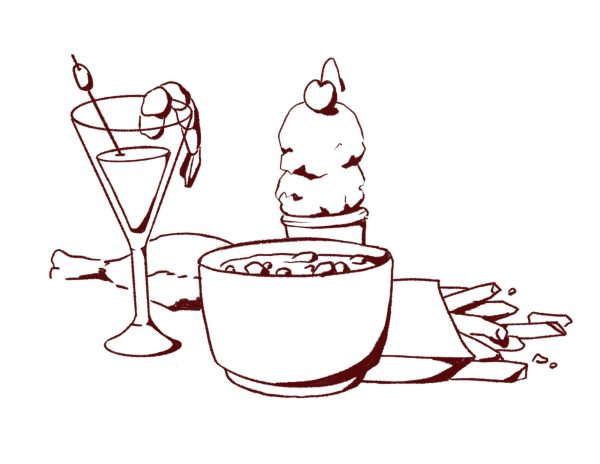
1946 – Tatler delineates the victuals served at annual Lakeside Basketball Buffet. In the “huge feed,” crab and shrimp cocktails, vegetable soup, salad, chicken, steak, French fries, and icecream numbered among the items devoured by hungry basketball players.
1947 – Ann Carter joins the kitchen staff. She would go on to become Head Chef, and she, along with her team of kitchen staff, would be widely known as “Ann Carter and the Cookettes.” Their specialty was a “sinker”— a brownie so heavy it was rumored to sink through one’s stomach. She would retire in 1989, winning Lakeside’s Distinguished Service Award.

1949 – Ms. Masterson, previously on kitchen staff, has now joined the ranks of the school’s dieticians. She prescribes a list of “simple eating rules” every student should ascribe to. The list included some of the following: 1. Drink two or more glasses of milk daily 2. Eat three to five eggs per week 3. Consume two or more tablespoons daily of butter.
1959 – Tatler interviews students and faculty on their opinions around Lakeside lunches. Here are some of the amusing responses: Kuney: “I’m not starving.” Baker: “Quantity not quality.” Mr. Bleakney: “I don’t know; I’ve never eaten one.” Dr. Eiseman: “They got restaurants beat all hollow.” Pierson: “They’re pretty good.” Wykoff: “I hate green pears.” Horluck: “The ice-cream’s good.” MacDonald: “It’s like Russian roulette; I never know which one will get me.” Jones: “Oh, gawddd.”
1965 – The last boarder attending Lakeside graduates, eliminating the need to prepare a third meal: dinner.
1971 – Lakeside School and St. Nicholas merge to create a singular coed school. According to Mr. Bailey, this move had noticeable ramifications for food quality— “There was immediate input — the food was too starchy, too many carbohydrates. [The girls] wanted more variety.” Pizza, mac & cheese, hamburgers, fries, and spaghetti numbered among the main meals available before the change.
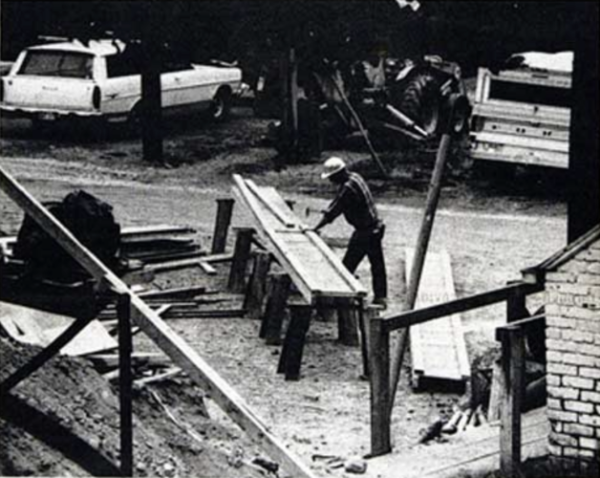
1974 – The Lakeside Refectory board decides on some changes to the system, the main one being the separation of middle and upper school dining. The same year, a renovation of the refectory is completed. New additions included the terrace, expansion of the building, and a fireplace. The old refectory is converted into what will become the Student center. At the same time, Mr. Bailey proposes a Board of Governors to run the refectory, consisting of students, faculty, and parents.
1975 – A report a few months after the renovation was completed showed mixed reactions. Many students missed the family-style eating, and bemoaned the lack of etiquette pushed by the new cafeteria model.
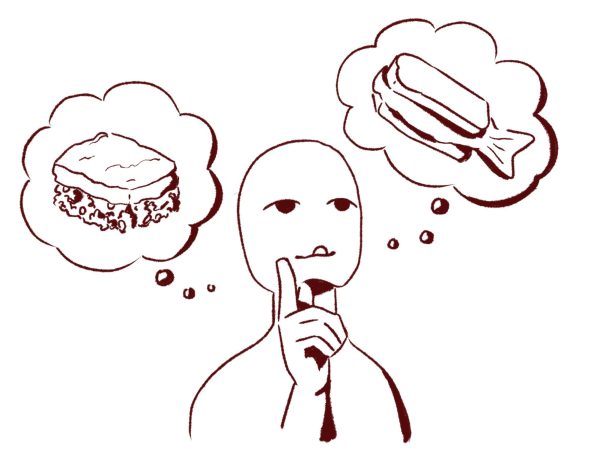
1976 – Tatler reviews dining etiquette: “Lakeside students must never dawdle in the lunch line. As difficult as the decision might be between a savory ‘fishwich’ or a luscious shepherd’s pie, they make their choices quickly.” Students were required to have their lunch tickets out and ready to be punched. The overall review of the students’ deportment? Excellent. “They never talk with their mouths full. Throwing morsels of food is foreign to their natures. All leave quietly to brush their teeth before the afternoon classes begin.”
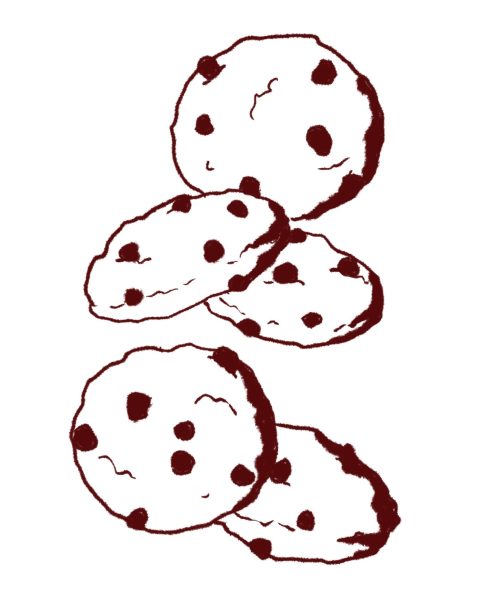
1996 – Julie Lutton (now Human Development and Health Department Head), recounts from her time at Lakeside the excellent chocolate chip cookies. They were baked fresh in the morning, Ms. Lutton remembers, and she could smell the aroma wafting through the doors as she walked from the bus in the morning. Other alums have also reported remembering the delectable chocolate chip cookies. (Where did they go? Nobody knows.)
1998 – The Howard S. Wright Community Center had finally finished construction, beckoning in a new, slightly pricier, and far more substantial era of cafeteria dining. The old refectory would be converted into a student center.
2003 – The first mention of Bench Duty appears in the archives. Despite the new changes to Bench Duty, the overall purpose remains the same: to ensure an organized and clean refectory environment. Lakesiders may be unaware of its humble beginnings as a Bench family practice and ethos. The Bench family had many kids, with its final member — Zack Bench ’03 — also graduating in 2003. The theory was that, with such a large family, an equally impressive and responsibility-oriented system must have been involved. Mr. Bailey, along with other alums, remember the family fondly: “People would be raving whenever they had lunch with the Benches,” Mr. Bailey recounts. “Without any nudging, the Bench kids would get up and clean automatically; clean up after everyone. Bench duty is their legacy.”

2007 – Students report on the best refectory food (parfaits) vs. the worst refectory food (wonton soup).
2012 – By 2012, the age-old complaint still remains: why are Lakesiders so bad at cleaning up for themselves? In a Tatler poll of the time, 97% of people reported cleaning up after themselves, while 94% thought the students left too much trash behind. The blame was pinned mostly on the freshmen.
2024 – Lakeside ushers in the new Sage program, to both supporters and critics. The general consensus among students is that the food is still good, but the line lengths are unfortunate.

